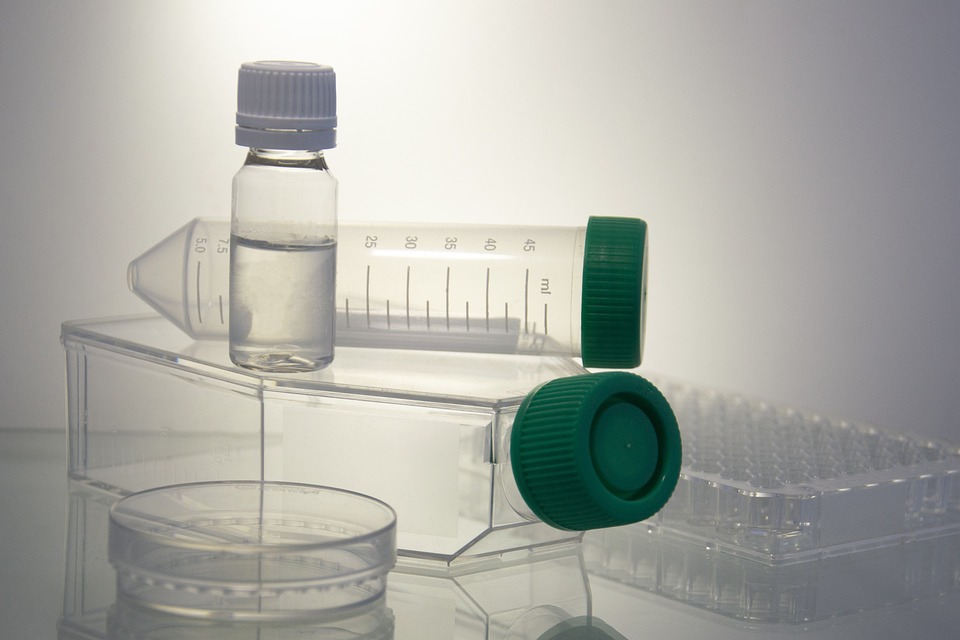Sometimes, designing a suitable in vitro protocol is not an easy task and every biologist knows it. The two most important aspects when you design an experiment are: the research question and the model that you want to use to represent the reality. In my opinion, finding the research question is definitely hard, but not the hardest part. The most difficult part is when you want to artificially reproduce an entire micro/macro-environment in a cell lab. The preferred method would be to just skip complex in vitro testing and go directly in vivo but we, as scientists, are committed to respecting life, including animal life. This is why we spend much of our time and resources developing new methodologies to test different aspect of many biological mechanisms.
The first thing to do when you are trying to develop a good in vitro model is breaking the problem in small little bricks and then analyze them separately. Most of the time you cannot include a lot of parameters at the same time in a single test. Then, one is left with a lot of variables and decisions to set and modify to mimic the real test environment. This could be tricky since nowadays we have a lot of options to choose when you talk about cell culturing. There are a lot of products in the market that could be used for your experiments. This is of course good news, but sometimes this could also be quite confusing. It is not rare that a colleague contacts me to seek advice about cells, media, supplements and so forth.
The good news is that there are a lot of papers that helps other researchers in picking the right methodology, test or products that best suits their needs. Typical in vitro testing problems can be: selecting the right cell line or primary cells, choosing the right culture media both to keep the cells healthy and to mimic the natural environment as closely as possible. Moreover, all of this must obviously meet reality! Everything is feasible on paper, but the transition from a piece of paper to the cell lab is too complex to be imagined in its entirety in advance.
My tips and tricks to create successful in vitro protocol are few and perhaps well-known but maybe they could help someone to find again the right perspective about this. First of all, plan as much as you can but do not skip lab work. This is so important! Always put yourself out there so you will face real problems and you will take real decisions to get rid of them. Secondly, be loyal to your research question and make decisions based only on that. Lastly, while you work with “standard” or “well established” methods always try to improve them. Try to push things to the limit, but don’t try something just because it’s new. Try it only if it makes scientific sense!

This article was written by Niccoló De Berardinis as part of an ongoing series of scientific communications written and curated by BioTrib’s Early Stage Researchers.
Niccoló is researching Bioimaging of biomaterials and biological characterization of 3D-printed alloys for reconstructive surgery at Uppsala University, Sweden.

